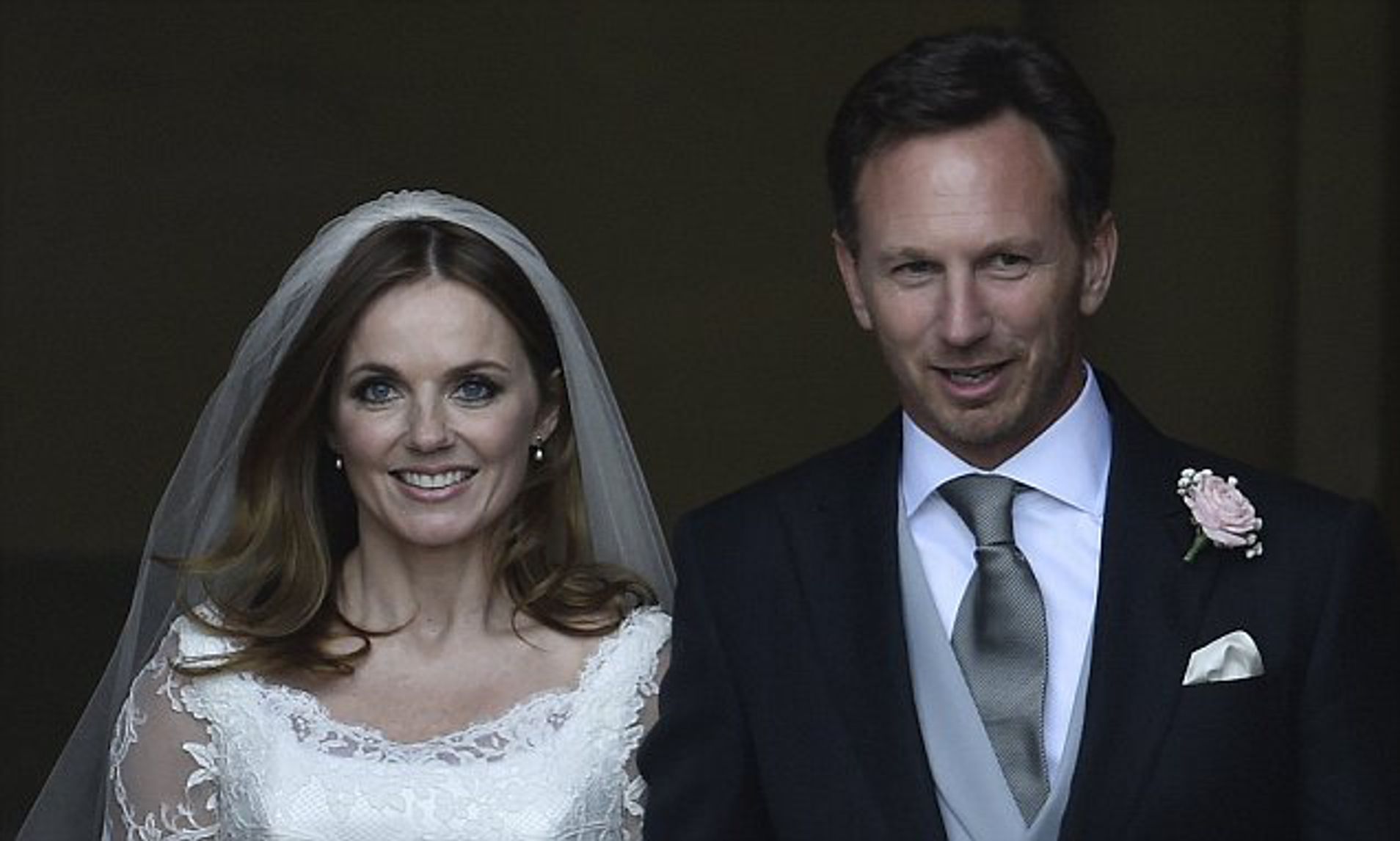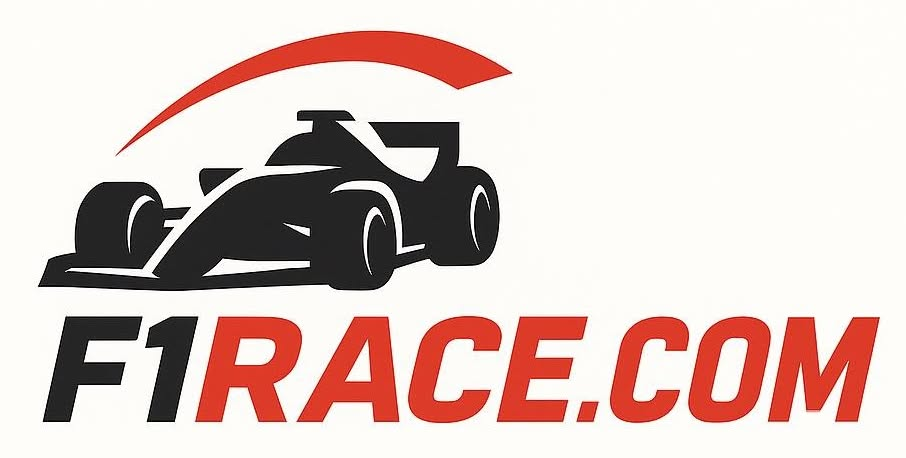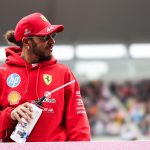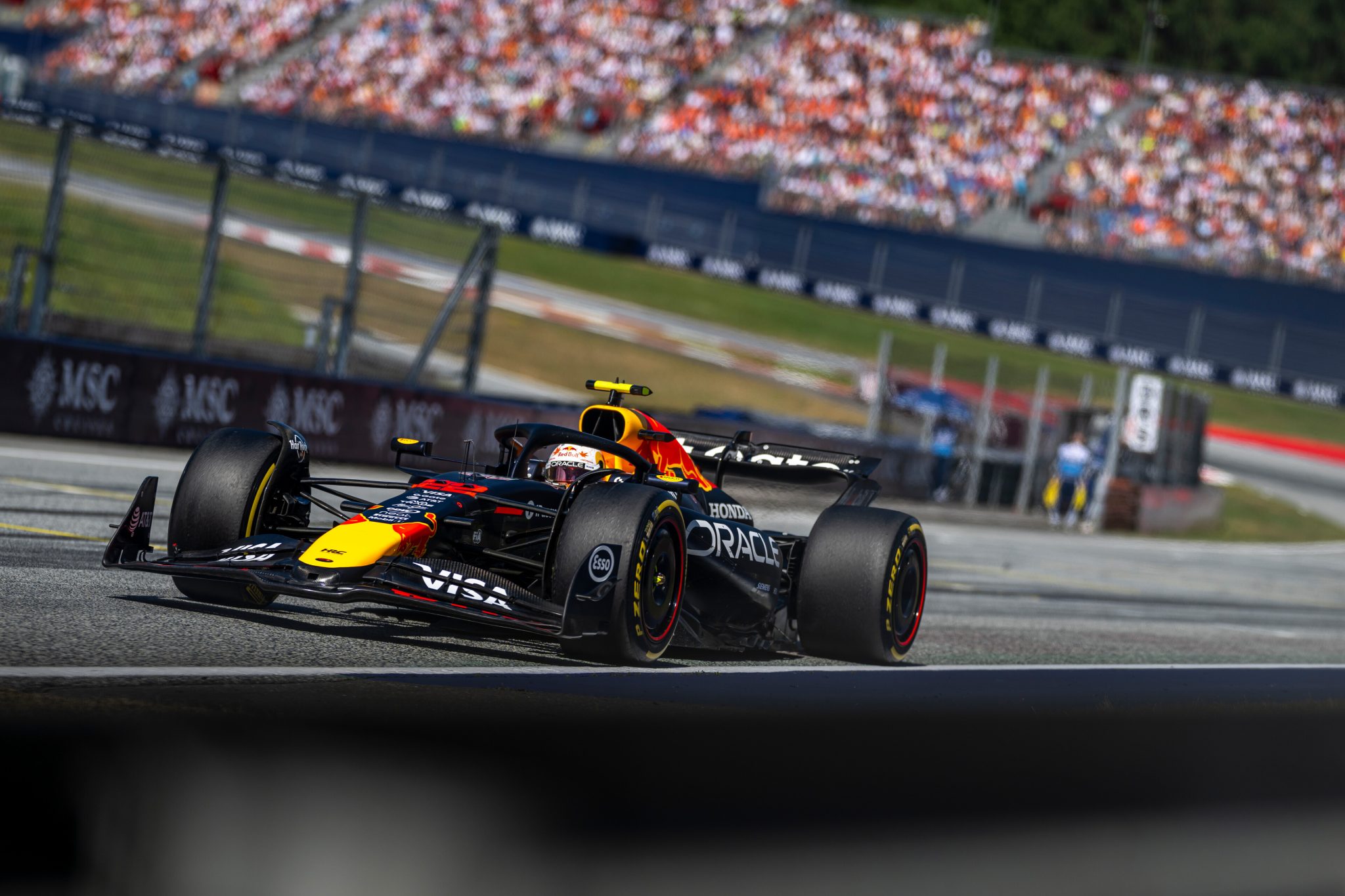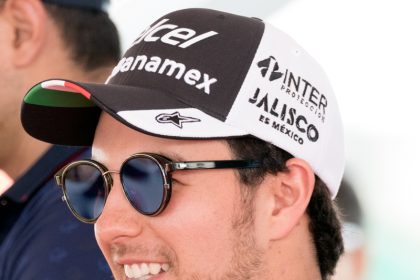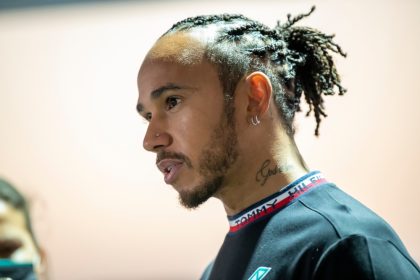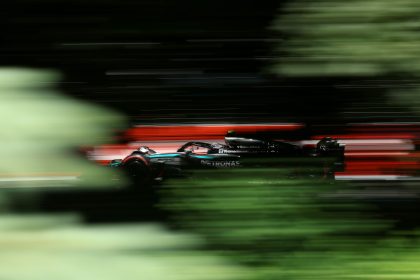If you want to understand the modern Formula 1 landscape, you must first understand the sound of a relationship breaking. Not the shriek of a V10 at 19,000 rpm, but the quieter, more insidious noise of trust eroding, of egos bruised, of contracts shredded in the boardrooms of Paris and Milton Keynes. The story of how Red Bull Racing became the sport’s most dominant force—and how Renault, once the architect of so many F1 triumphs, was left licking its wounds—is not just a tale of horsepower and hybrid woes. It is a saga of politics, pride, and the ruthless logic of survival at 300 km/h.
- The Golden Years: When Red Bull and Renault Ruled the World
- The Hybrid Era: When the Music Stopped
- The Politics of Power: Engine Wars and Public Spats
- The Breakup: Red Bull’s Leap of Faith, Renault’s Retreat
- Renault: From Powerhouse to Also-Ran
- The Human Cost: Pride, Ego, and the Price of Ambition
- The Legacy: Lessons from a Broken Partnership
- Waste a Bit More Time
The Golden Years: When Red Bull and Renault Ruled the World
There was a time, not so long ago, when Red Bull and Renault were the envy of the paddock. From 2010 to 2013, the combination of Adrian Newey’s aerodynamic genius and Renault’s V8 engine wizardry delivered four consecutive Constructors’ and Drivers’ Championships. Sebastian Vettel, the cherubic assassin, became the youngest quadruple world champion in history. Renault’s RS27 V8 was lauded for its driveability and its compatibility with Red Bull’s infamous blown diffuser—a technical trick that left rivals gasping in their wake.
But as any historian of the grid will tell you, dynasties in Formula 1 are built on shifting sands. The seeds of discord were sown even as the trophies piled up. Renault, ever the proud French institution, bristled at being cast as the junior partner in Red Bull’s narrative of success. Red Bull, meanwhile, grew impatient with what they saw as Renault’s bureaucratic inertia and lack of ambition.
The Hybrid Era: When the Music Stopped
The real rupture came in 2014, with the dawn of the V6 turbo-hybrid era. Mercedes, having spent years quietly perfecting their power unit, unleashed a technological juggernaut that left the rest of the field scrambling. Renault’s new Energy F1-2014 engine, by contrast, was underpowered, unreliable, and—worst of all—embarrassing.
Red Bull, used to the rarefied air of the front row, found themselves fighting for scraps. The public recriminations began almost immediately. Christian Horner, never one to mince words, lambasted Renault’s lack of progress. Helmut Marko, Red Bull’s resident enforcer, went further:
If we don’t have a competitive engine we will leave F1
Helmut Marko, Sky Sports News HQ, 2015
Renault, for their part, were equally fed up. Carlos Ghosn, then Renault’s CEO, made it clear that the company would not continue to be a punching bag for Red Bull’s frustrations:
Our future is the subject of detailed analysis and renegotiating. We will either exit or run our own team.
Carlos Ghosn, 2015
The partnership, once the envy of the paddock, had become a toxic marriage of convenience.
The Politics of Power: Engine Wars and Public Spats
The technical failures were bad enough. The political fallout was worse. Red Bull’s public criticism of Renault was relentless, bordering on theatrical. Renault, stung by the attacks, responded with Gallic froideur. The two sides engaged in a war of words that played out in the press, on the pit wall, and in the corridors of the FIA.
The nadir came in 2015, when Red Bull attempted to terminate their contract with Renault and court Mercedes and Ferrari for engines. Both manufacturers, sensing an opportunity to hobble a rival, politely declined. Red Bull, hoist by their own petard, were forced to return to Renault—albeit with the engines rebadged as TAG Heuer, a move that fooled precisely no one.
The farce was complete. Red Bull had become too big to be a customer, but not big enough to dictate terms to the sport’s engine aristocracy. Renault, meanwhile, had lost their star client and much of their credibility.
For a detailed look at the political maneuvering, see this analysis from Sky Sports: F1’s engine politics examined: Why would Ferrari supply Red Bull?
The Breakup: Red Bull’s Leap of Faith, Renault’s Retreat
By 2018, the writing was on the wall. Red Bull announced they would end their partnership with Renault and switch to Honda engines for 2019. It was a bold, some said reckless, move. Honda’s recent F1 history was a litany of failures and false dawns. But Red Bull, ever the gambler, saw an opportunity to become a true works team—a status Renault had never fully granted them.
The results were immediate. Honda, eager to prove themselves, poured resources into the project. Red Bull, liberated from the politics of the Renault relationship, flourished. By 2021, Max Verstappen had delivered Honda’s first Drivers’ Championship since Ayrton Senna in 1991. The Red Bull-Honda partnership, and later Red Bull Powertrains, became the new benchmark.
For a thorough breakdown of Red Bull’s engine strategy, read: Why Red Bull have decided to go all-in with bold new engine strategy
Renault: From Powerhouse to Also-Ran
And what of Renault? The once-mighty engine supplier, whose power units had propelled Williams, Benetton, and Red Bull to glory, found itself adrift. The hybrid era exposed not just technical deficiencies, but a lack of strategic vision. Renault’s works team, rebranded as Alpine, became a midfield fixture—occasionally brilliant, often anonymous.
The statistics tell a brutal story. Renault-powered cars won 12 Constructors’ and 11 Drivers’ Championships in the V8 era and before. In the hybrid era? A handful of podiums, no titles, and a reputation for unreliability. The decline was not just technical, but existential.
For a historical overview, see: Renault F1 engine: The history of its power units in Formula 1
The Human Cost: Pride, Ego, and the Price of Ambition
It is tempting to see this story as a simple tale of winners and losers. But the truth is more nuanced. Red Bull’s rise was built on a willingness to take risks, to burn bridges, and to demand the impossible. Renault’s fall was hastened by institutional caution, but also by the bruising experience of being publicly scapegoated by their most successful partner.
The human cost was real. Engineers burned out. Executives were shuffled. Careers were made and unmade in the crucible of the Red Bull-Renault divorce. The sport, ever hungry for drama, moved on.
The Legacy: Lessons from a Broken Partnership
What, then, is the legacy of the Red Bull-Renault saga? For Red Bull, the lesson is clear: control your own destiny, or someone else will control it for you. Their decision to build Red Bull Powertrains and, from 2026, partner with Ford, is the logical endpoint of a journey that began with a bitter breakup.
For Renault, the lesson is more sobering. In Formula 1, past glories count for little. The sport rewards innovation, agility, and—above all—the ability to adapt. Renault’s failure to do so cost them not just championships, but their place at the top table.
As Christian Horner once quipped:
Red Bull is almost too grown up to be a customer team. We saw that it could be uneasy and of course the aspirations of this team surpass that of some of the current suppliers.
Christian Horner, 2021
Waste a Bit More Time
If you’ve made it this far, you’re clearly as obsessed as I am. Here are some links to help you waste a bit more of your day:
- How Red Bull-Renault’s Formula 1 legacy was corrupted – Autosport
- F1’s engine politics examined: Why would Ferrari supply Red Bull?
- Why Red Bull have decided to go all-in with bold new engine strategy
- Renault F1 engine: The history of its power units in Formula 1
- Renault in Formula One – Wikipedia
